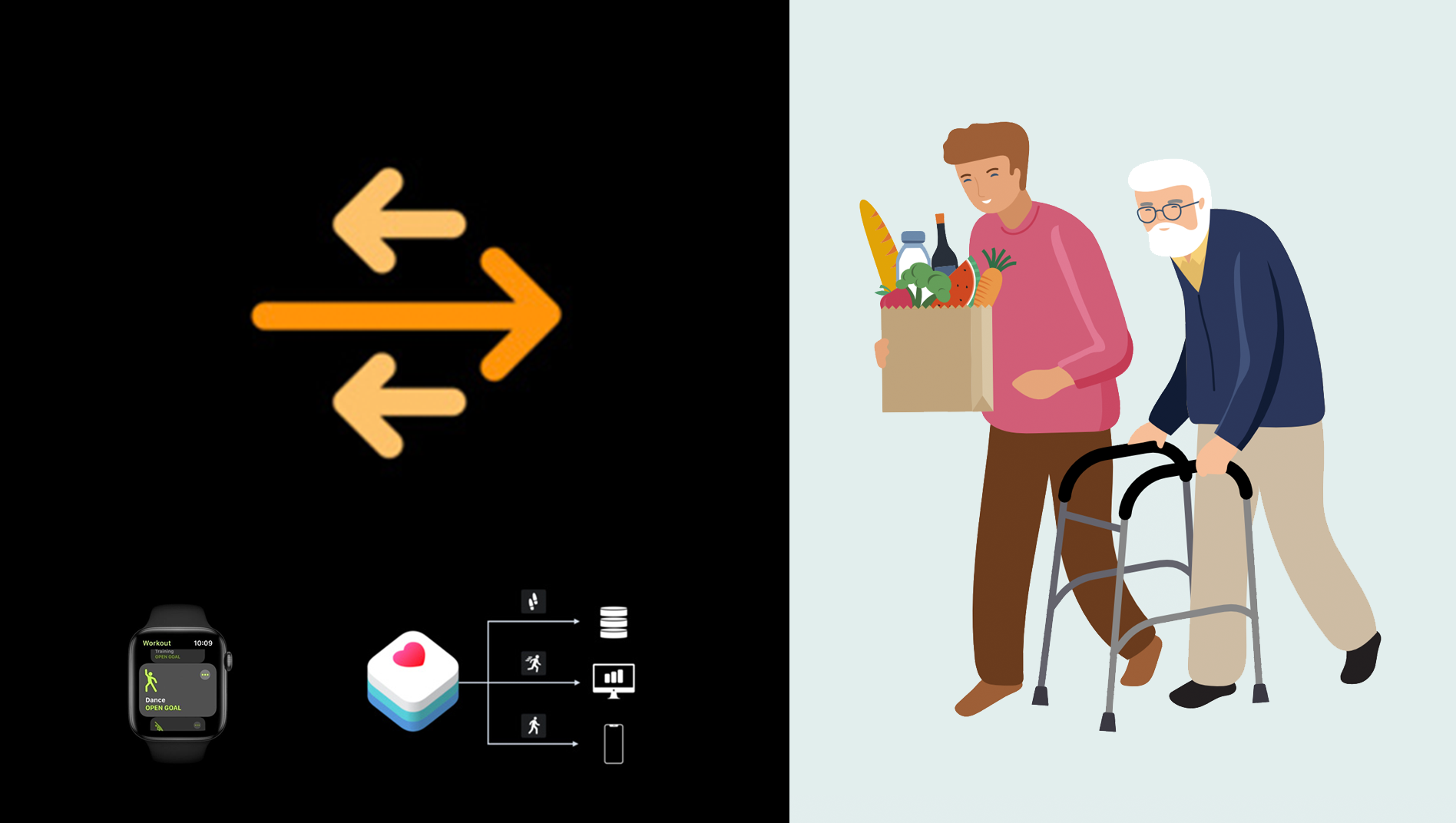Whether you are using an activity tracker on your wrist or having your smartphone with you: wearable technology for eHealth is everywhere (including a successful data import of Apple’s new HealthKit on a not-so-lazy sunday by Moveshelf’s CEO). What if your physician can monitor you at home, either by giving you a sensor or even by receiving data from devices you are already carrying with you? The strong consortium Moveshelf entered with the Faculty of Behavioural and Movement Sciences at Vrije Universiteit Amsterdam, Noordwest Ziekenhuisgroep, McRoberts and Sint Maartenskliniek is working on realizing this innovative application to improve health care quality while reducing medical costs, starting with a consortium for an IMDI proposal.
Proposal summary: Wearable technology to optimize prognostic evaluation and rehabilitation of gait behavior in orthopaedic patients
Osteoarthritis (OA) imposes a substantial burden on individuals and health care. Annually, 431.000 people are diagnosed with hip OA and 642.000 people with knee OA. These numbers are expected to increase by 37% in 2030 due to aging and an increase in obesity. Although joint replacement surgery is used to treat end-stage OA, a substantial number of patients is dissatisfied after joint replacement and requires additional care. Identification of unfavourable recovery in the early post-operative stage is key for timely treatment (adaptation) to minimize required care. Furthermore, physical functioning is often overestimated by patients, requiring objective assessment in addition to routine patient-reported outcomes. Objective assessment of daily-life gait behaviour using wearable technology can facilitate prognostic evaluation and rehabilitation of patients. In this project we will build a proof of concept (Minimal Viable Product) of a cloud-based platform that stores and transforms wearable sensor data from the individual orthopaedic patient, using a newly developed daily-life gait behaviour toolbox, into an application that visualizes essential feedback of clinical endpoints on gait behaviour to the aid of end-users (surgeons, therapists, and patients). We will develop a cloud-based platform to quantify daily-life gait behaviour. In parallel, we will work on data merging and visualization of clinical endpoints, in co-creation with both patients and clinicians in two clinical settings. End-stage OA patients who will undergo joint replacement surgery will be included in a multi-center prospective cohort study. Before and after surgery, patients’ gait behaviour will be objectively measured in their domestic environment using a wearable sensor, of which raw data will be converted to clinical endpoints in the platform. Finally, an outline will be made for validation of the product by (1) evaluation of the data platform for end-users, and (2) determination of added value of measuring gait behaviour in OA patients.
Involved organizations:
- Vrije Universiteit Amsterdam, Faculty of Behavioural and Movement Sciences
- Sint Maartenskliniek, Orthopaedics department
- Noordwest Ziekenhuisgroep, Orthopaedics department
- McRoberts B.V.
- Moveshelf!


